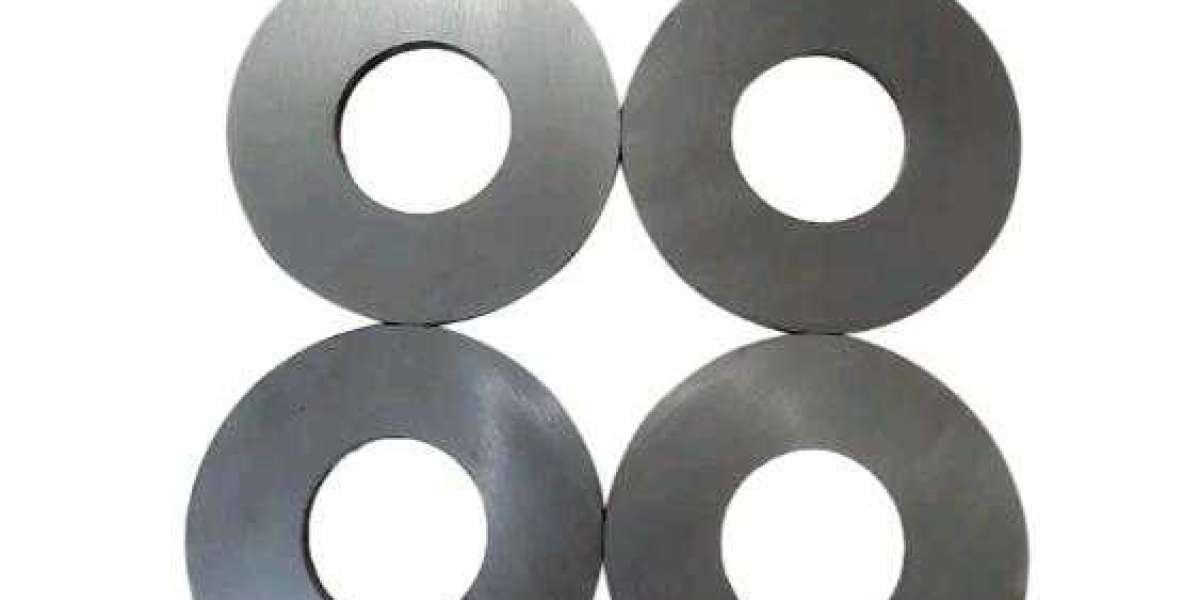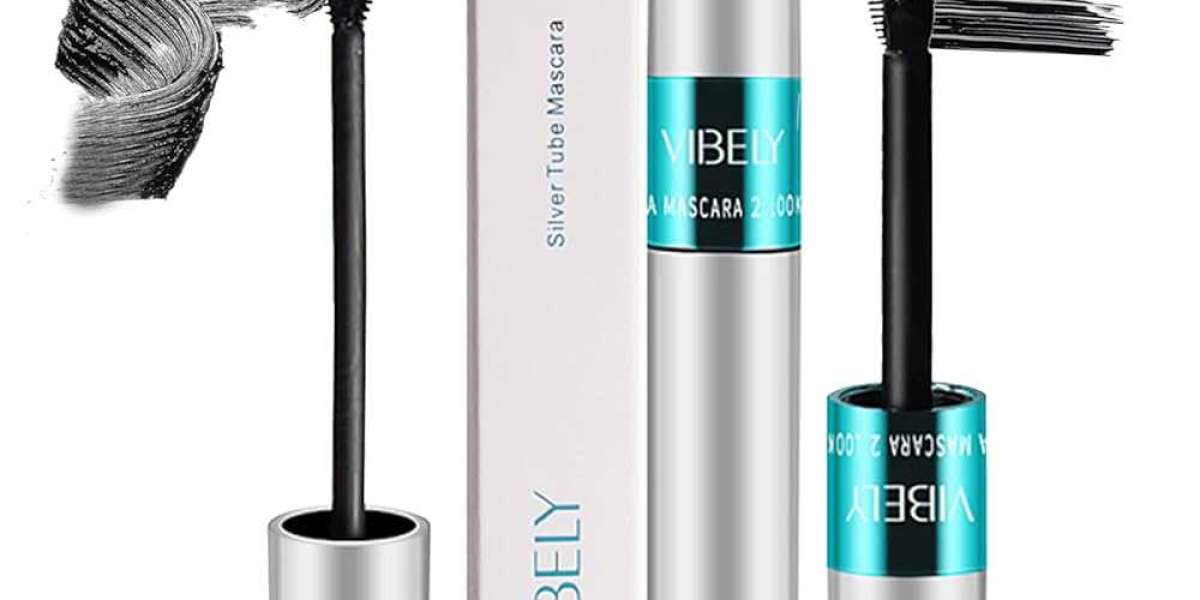Ferrite magnets are a class of permanent magnets made from ceramic compounds, primarily composed of iron oxide and barium or strontium. They are widely used in various applications due to their cost-effectiveness, stability, and resistance to corrosion. There are two main types of ferrite magnets: hard ferrite magnets and soft ferrite magnets, each with distinct characteristics and uses.
Hard Ferrite Magnets (Ceramic Magnets)
Hard ferrite magnets are the most commonly used type of ferrite magnets. They are known for their high resistance to demagnetization, making them suitable for a wide range of applications that require a stable magnetic field. These magnets are often used in household appliances, electric motors, loudspeakers, and magnetic separators. Hard ferrite magnets are made from a combination of iron oxide and either barium or strontium carbonate. Their low cost and ability to retain magnetism over time make them a popular choice in mass-produced consumer goods.
Soft Ferrite Magnets
Soft ferrite magnets, on the other hand, are designed to be easily magnetized and demagnetized. They are typically made from iron oxide combined with other metals such as manganese, zinc, or nickel. While they do not retain magnetism as well as hard ferrite magnets, soft ferrites are highly effective in applications involving alternating currents (AC), such as transformers, inductors, and antennas. These magnets are often used in electronic devices and communication systems, where the ability to change magnetization is important for their functionality.

https://www.mlmagnet.com/product/ferrite-permanent-magnets/
Product Name:Ferrite Magnet
Material:SrO/BaO, Fe2O3
Shape:Disc, Cylinder, Rectangle, Square, Ring, Arc, Segement..
Grade:Y10T, Y25, Y30, Y33, Y35, Y30BH, Y33BH
Working Temperature:250℃
Series:Anisotropic Ferrite, Isotropic Ferrite
Magnetization Direction:Diametral, axial,thickness
Tolerance:±0.05mm-±0.1mm








